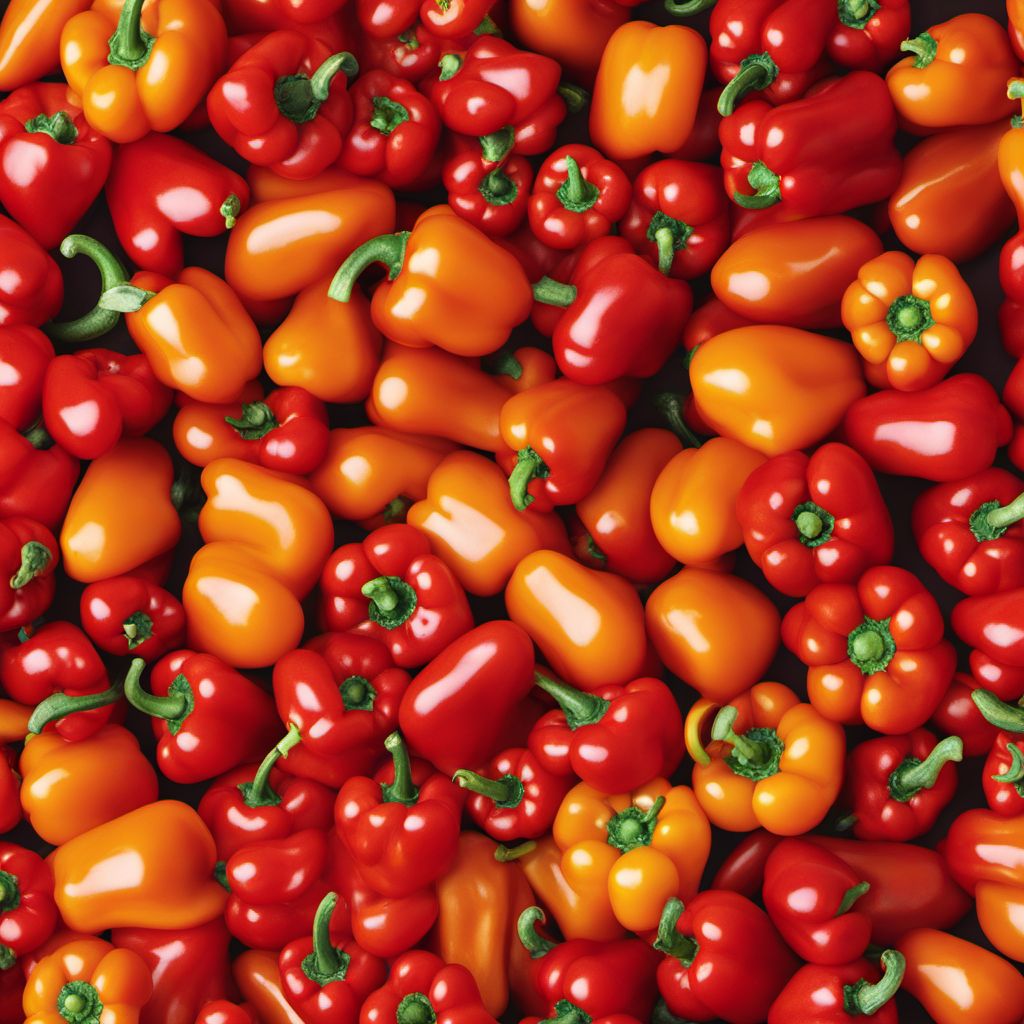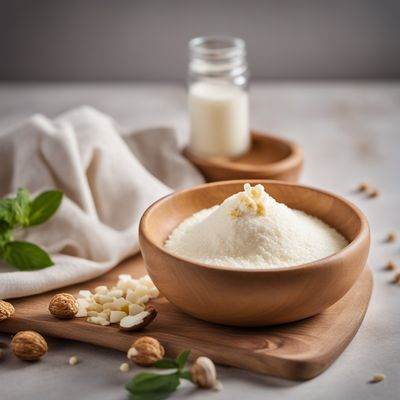
Ingredient
Capsicum flavour
The Fiery Essence: Capsicum Flavor
Capsicum flavor is a concentrated extract derived from the capsicum family of plants, which includes chili peppers and bell peppers. It possesses a fiery and pungent taste that adds a distinct kick to dishes. The flavor is characterized by its spiciness, which can range from mild to extremely hot, depending on the specific variety of capsicum used. Capsicum flavor is available in various forms, including liquid extracts, powders, and oils, making it a versatile ingredient in both professional and home kitchens.
Origins and history
Capsicum flavor has a long history dating back thousands of years. It originated in the Americas and was cultivated by indigenous cultures such as the Mayans and Aztecs. Capsicum plants were later introduced to Europe by Christopher Columbus during his voyages to the New World. Since then, capsicum flavor has become an integral part of many cuisines worldwide, including Mexican, Indian, Thai, and Chinese cuisines. It is known for its ability to add heat and depth of flavor to dishes, enhancing their overall taste and complexity.
Nutritional information
Capsicum flavor is low in calories and fat, making it a suitable choice for those watching their weight. It is also a good source of vitamins A and C, as well as antioxidants that contribute to overall health. However, it is important to note that capsicum flavor can be extremely spicy, and individuals with sensitive stomachs or digestive issues may need to exercise caution when consuming it in large quantities.
Allergens
May cause allergic reactions in individuals with an allergy to capsicum or related plants from the Solanaceae family, such as tomatoes and potatoes.
How to select
When selecting capsicum flavor, opt for reputable brands that offer high-quality products. Check the ingredient list to ensure that it contains pure capsicum extract without any additives or fillers. Consider the level of spiciness desired and choose a variety that suits your taste preferences. It is also important to store capsicum flavor in a cool, dry place away from direct sunlight to maintain its potency and flavor.
Storage recommendations
To preserve the freshness and potency of capsicum flavor, store it in an airtight container in a cool, dry place away from direct sunlight. Avoid exposing it to moisture or extreme temperature fluctuations, as this can degrade the flavor. When stored properly, capsicum flavor can retain its quality for an extended period.
How to produce
Capsicum plants can be grown in home gardens or containers, provided they receive adequate sunlight and water. Start by obtaining capsicum seeds or seedlings from a reputable source. Plant them in well-draining soil and place them in a sunny location. Regularly water the plants and provide support as they grow. Harvest the capsicum fruits when they reach the desired level of ripeness, and use them to extract the flavor by following specific extraction methods or recipes.
Preparation tips
Capsicum flavor can be used in a variety of culinary applications. It is commonly added to sauces, marinades, dressings, and dips to provide a spicy kick. It can also be used to flavor soups, stews, and curries, adding depth and complexity to the dishes. Capsicum flavor is a popular choice for seasoning meat, poultry, and seafood, as well as vegetables and grains. It can be used sparingly for a mild heat or added generously for a fiery flavor. Experiment with different quantities to achieve the desired level of spiciness in your recipes.
Culinary uses
Capsicum flavor is widely used in various cuisines around the world. It is a staple in Mexican cuisine, where it is used to make salsas, hot sauces, and chili-based dishes. In Indian cuisine, capsicum flavor is incorporated into curries, chutneys, and spice blends. Thai cuisine utilizes capsicum flavor in dishes like Tom Yum soup and Pad Thai. Chinese cuisine also features capsicum flavor in spicy stir-fries and Sichuan dishes. It is also commonly used in Tex-Mex, Cajun, and Korean cuisines, among others.
More ingredients from this category » Browse all

Sour flavour
The Tangy Twist: Unveiling the Secrets of Sour Flavour

Mocca flavour
"The Perfect Blend: Unveiling the Magic of Mocca Flavor"

Citrus flavour
The Zesty Essence: Exploring the World of Citrus Flavors

Caramel flavour
The Sweet Symphony of Caramel

Malt flavour
"The Golden Essence: Unveiling the Richness of Malt Flavour"

Tropical flavour
Exotic Delights: Unleashing the Vibrant Essence of the Tropics

Mushroom flavour
The Umami Elixir

Apple red flavour
"The Vibrant Essence of Red Apples: A Burst of Flavor"

Amaretto flavour
The Almond Elixir: Unveiling the Enchanting Amaretto Flavour

Strawberry yoghurt flavour
The Delightful Tang of Strawberry Yoghurt

Buttermilk flavour
The Creamy Delight: Unveiling the Magic of Buttermilk Flavour

Passion fruit flavour
The Exotic Essence of Passion Fruit